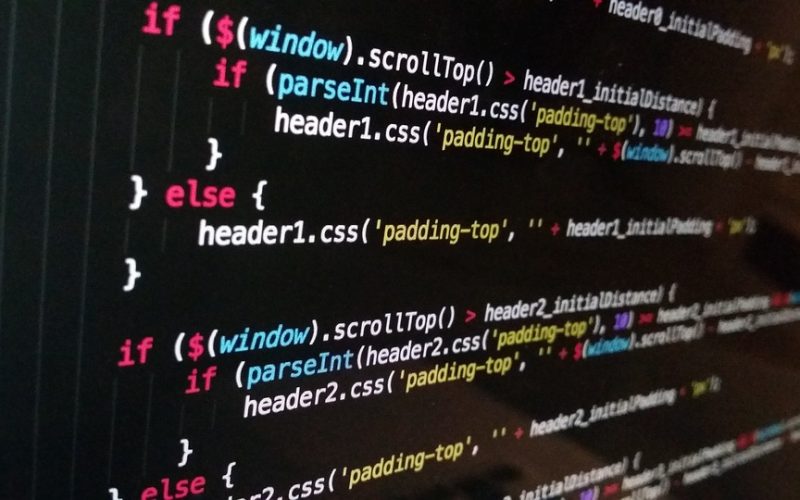Step 1: Delete all personal data
The first step in preparing your old electronics for disposal is to delete all your personal data. This step is crucial if your electronics contain sensitive information such as credit card details, passwords, or personal photos. Although you may think that you have deleted all the data, it’s essential to take extra care by using specialized software to wipe any traces of data. You can use tools such as Eraser, CCleaner, or DBAN to ensure that no one can recover your personal information.
Step 2: Remove batteries
The second step is to remove the batteries from your old electronics. Batteries contain hazardous materials such as lead and cadmium that can pollute the environment. Removing the batteries from your electronics ensures that they will not leak or explode during transportation, and it makes it easier to recycle the remaining parts.
Step 3: Find a certified e-waste recycling center
The next step is to find a certified e-waste recycling center near you. The best way to dispose of your old electronics is by taking them to a certified recycling center that has the technology and expertise to handle e-waste. You can search for local recycling centers or drop-off locations online by checking with your city or state government. You can also check with your electronic manufacturer to see if they have a recycling program that you can use.
Step 4: Follow disposal instructions
Once you find a certified recycling center, you should follow their instructions for disposal carefully. Recycling centers have specific rules for accepting e-waste, so you need to make sure you follow them to avoid any delays or rejection. Some recycling centers may require you to fill out some paperwork or pay a processing fee for accepting your e-waste.
Step 5: Donate or Sell
If your old electronics are still functional, you can donate or sell them instead of throwing them away. You could sell them on websites like eBay or Facebook Marketplace or donate them to charitable organizations that can repurpose or refurbish them. Before donating or selling, make sure to delete all personal information to ensure that your data does not end up in the wrong hands.
In conclusion, safely disposing of old electronics is an effective way to protect the environment and prevent hazardous materials from polluting the soil, air, or water. By following these steps, you can safely dispose of your old electronics without endangering your personal data or the environment. Remember, e-waste is a significant problem that affects everyone, and we all have a responsibility to contribute to its solution.










